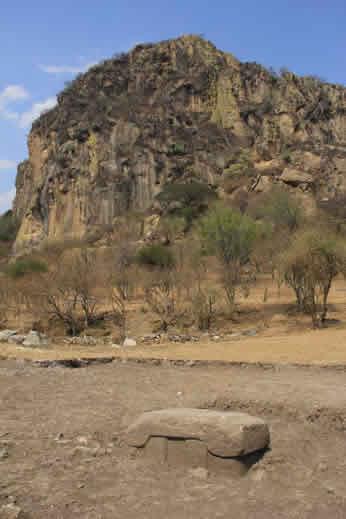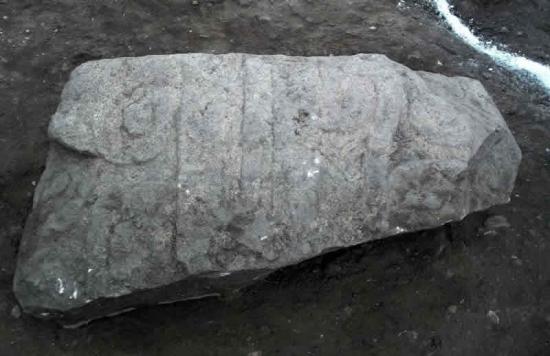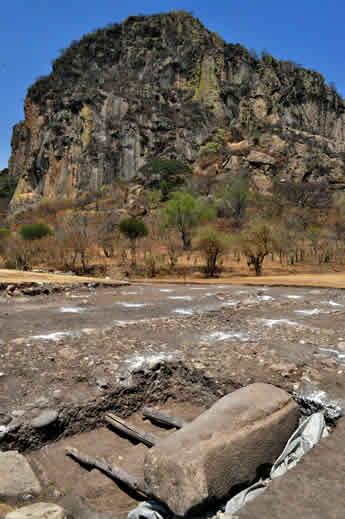Mexican archaeologists find 2,500-year-old altar
EFE
Source - http://latino.foxnews.com/latino/entertainment/2012/05/25/mexican-archaeologists-find-2500-year-old-altar/#ixzz1wC1Tt4GZ
An altar and a stela estimated to date from as early as 800 B.C. were found at the Chalcatzingo archaeological site in the central state of Morelos, Mexico's National Institute of Anthropology and History, or INAH, said.( http://www.inah.gob.mx/index.php/boletines/14-hallazgos/5904-mas-monumentos-y-ofrendas-afloran-en-chalcatzingo )
The altar is rectangular and covered with engravings representing rain
A few meters (yards) away from the altar was an unfinished stela standing 1.7 meters (5 feet 6 inches) tall.
The pieces are thought to have been made between 800 and 500 B.C., about the same age as another altar and a relief depicting three cats that archaeologists from INAH's Morelos Center found at Chalcatzingo less than a year ago.
The latest discoveries came during excavations of a residential area that appears to date from the Late Classical period of the Olmec culture, A.D. 700-900, archaeologist Carolina Meza said.
She said the difference in age between the new pieces and their surroundings can be explained by an Olmec practice of repurposing and - in some cases - decommissioning architectonic elements.
The altar and stela from the Preclassical period would have been buried inside buildings to strip them of their original significance in Olmec rites, she said.
The latest finds bring to 44 the number of altars, stelas and reliefs discovered at Chalcatzingo, INAH said. EFE

Cista con entierro múltiple. Foto de la Arqueóloga Carolina Meza/INAH.

La ofrenda está conformada por núcleos de obsidiana. Foto de Melitón Tapia-DMC/INAH.

Las piezas fueron localizadas durante la exploración de un conjunto residencial. Foto de la Arqueóloga Carolina Meza/INAH.

Altar prehispánico, cuya antiguedad se estima en 2,500 años, fue descubierto en la Zona Arqueológica de Chalcatzingo, Morelos. Foto de Diego Alva/INAH.

El altar prehispánico presenta grabados de elementos relacionados con la lluvia. Foto de la Arqueóloga Carolina Meza/INAH.

Una estela prehispánica en proceso de grabado. Foto de Melitón Tapia-DMC/INAH.